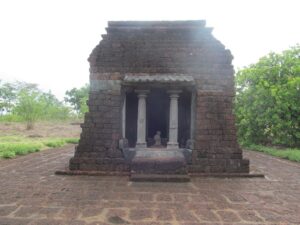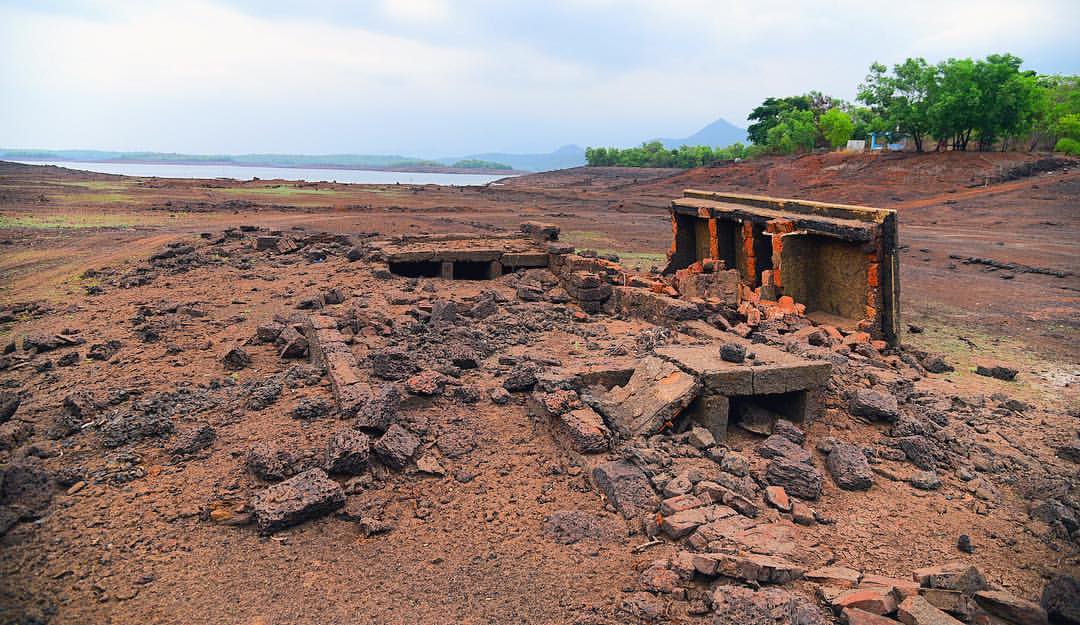Development brings cheers to those who benefit from it. Selaulim Dam constructed in the 70’s brought water security to entire Goa. Sacrifice goes hand in hand with development. The building of the dam required sacrifice. Two villages had to be relocated. These villagers had to leave their ancestral land behind to make way for benefit of others. Submerged villages of Kurdi and Kurpem rise from the water once a year.
The Selaulim Dam project was envisioned by Goa’s first Chief Minister Dayanand Bandodkar in 1965. The government had compensated the affected villagers with alternative sites at Vaddem and Valkini. Separate areas for residential purposes and agricultural needs were also provided.
“Most of the villagers were into agriculture and farming. The Government compensated the families with 10,000 square meter of agricultural land and 4,000 square meter of land for housing purpose at Vade and Valkini. Since 1971 people of Kurdi started to shift elsewhere.” Said Hemant Kurdikar, a native of Kurdi in a report.
Most of the villagers willingly re-located with the Government authorities. Around 3000 people were displaced.
“This was a few years after Liberation, and people yearned for development. Then chief minister Bandodkar had held aloft a dream of development for Goa. The culture of protests and agitations that one can see now was not at all prevalent at that time. People had faith in Bandodkar and the project took off without much resistance,” a report quotes Jagannath Prabhudessai about his childhood spent in Kurdi.
Mahadev temple

Another aspect to marvel is the ancient Mahadev temple constructed during the Kadamba period (10 – 11 Century AD). The temple facing complete submersion was transplanted from its original location to its current location 17 kms away. It was systematically dismantled piece by piece and rejoined again. The marking made on the temple rocks are still visible. The whole process took 11 years to complete.
Traces of the past
Traces of village infrastructure mostly belonging to the Portuguese era is still visible. Remains provide information on the village life. Some of the evidences visible even today are :
- Tarred road
- Culverts and nullahs
- Church
- School
- A building that once housed a police outpost, grocery shop and a tea shop
Not the end yet!
There were some pockets of Kurdi and Kurpem villages that weren’t submerged and enjoyed continued inhabitation even after the Selaulim dam became operational. Today villagers from their respective communities of Hindus and Catholics gather at their place of worship here every year. They may have been separated from their villages yet they continue to keep their old bonds alive.
Image credits –


